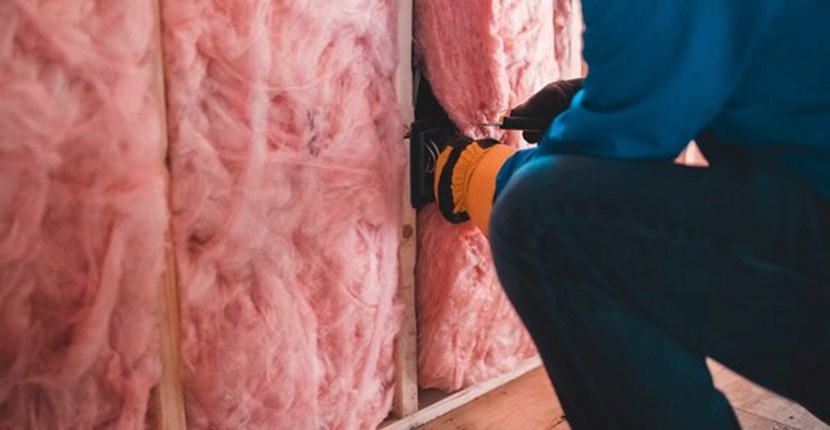Posted on 08 12 2021
Stay compliant with insulation maintenance

Maintain your rental’s insulation for Healthy Homes compliance
In a recent article, we talked about the heating standard in relation to heat pump maintenance to ensure your property continues to comply with the healthy homes standards.
In this article we’re sticking with the heating standard but turning our focus to insulation, and why you need to maintain it.
Landlords’ obligations
The most important obligation under the Residential Tenancies Act is the provision of housing that is safe, warm, and dry, as this directly affects the health and wellbeing of New Zealanders. Meeting this obligation includes keeping your rental property well insulated.
Good insulation is essential all year round, helping keep a home warm in winter and cool in summer.
In summer, the temperature in the roof space can climb to over 40C and if the ceiling in your rental property isn’t well insulated, this heat will transfer into the house. You'll have hot, unhappy tenants and may be in breach of your obligations.
The Tenancy Compliance and Investigations Team regularly assesses and investigates landlords across New Zealand to ensure they are meeting their responsibilities. And there are hefty penalties for landlords who don’t comply.
Last year the Tenancy Tribunal ordered a Christchurch landlord to pay a total of $8,515.84 for breaches that included failing to provide the required signed insulation statement for 35 tenancies.
Is your insulation up to scratch?
Depending on location, ceiling insulation needs to meet specified R-values, or existing insulation must be at least 120mm thick. With the deadline for compliance with the healthy homes standards having passed in July, the insulation in your rental property should now be up to scratch.
If it’s not, or you’re unsure, our experts can assess it for you and advise you on any remedial work that may be needed. We can also check that any insulation has been installed correctly, with the required clearances around heat sources.
To make sure your insulation continues to comply with healthy homes standards, you should include it in your property maintenance programme. Regular checks will alert you to any movement or water or pest damage.
Regular maintenance
As a general rule, insulation should be replaced or retrofitted every 15 to 20 years, as water ingress, dirt, dust, and compression of the insulation material will reduce its effectiveness over time.
However, it may need replacing or topping up sooner depending on the type of insulation, the R rating, and whether it’s damp or moldy in places, or has been damaged by rodents, possums or birds.
You can do a simple visual check of your ceiling and underfloor insulation before calling us. To check your ceiling insulation, use a stepladder to access your roof space via the ceiling hatch.
You’ll need a top-up layer or replacement if it’s less than 12cm thick, doesn't cover the whole ceiling, or is contaminated or damaged. Typically, if you can see the rafters or the bottom board of the trusses, the insulation is probably too thin.
If your home has existing underfloor insulation, it will more than likely be polyester or glass wool, which should be fine as long as it’s not damaged or hanging down anywhere. Look for a label and note the details to check it meets the standards.
Greenside can provide an assessment of your rental’s insulation and advice on whether it should be topped up or replaced. Get in touch with us today for further information on complying with the healthy homes standards.